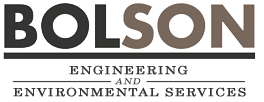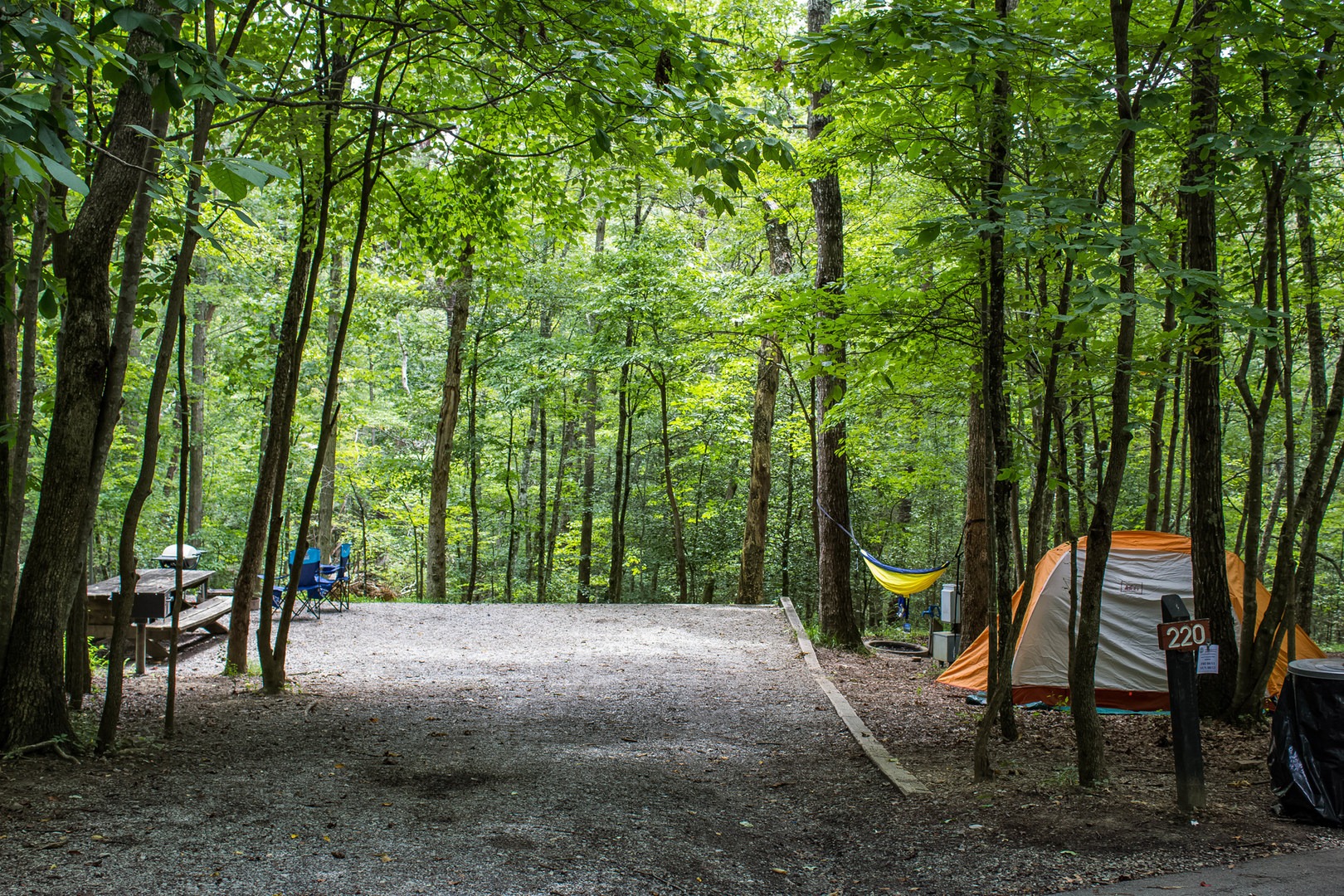Camping has always been a popular outdoor activity, with thousands of Albertans enjoying the experience of being surrounded by nature. The allure of escaping the hustle and bustle of city life, reconnecting with nature, and enjoying the simple pleasures of a campfire is irresistible to many. As the demand for camping continues to grow in Alberta, the availability of suitable campgrounds has become an issue. Often you have to make campsite reservations at least six to nine months ahead in order to get a decent private camping reservation in Alberta. The competition for provincial campsite reservations is fierce and only the lucky few are able to snap up a campsite reservation 90 days before their camping adventure. Developing unused land into a quality private campground will help fill the high demand for campsites across Alberta.
Campground development involves transforming unused land into campsites, complete with amenities (i.e., electricity, recreational facilities, water) for an enhanced camping experience. There are also plenty of demand and opportunities for niche campgrounds that offer unique camper experiences. Here we will explore the benefits of campground development, development challenges, the process of site selection, and the importance of user engagement.
Identifying Common Land Use Challenges
When it comes to identifying common campground development challenges, there are several key aspects that need to be considered.
Competing Interests
Conflicts and public pushback may arise between different stakeholders such as farmers, developers, environmentalists, and indigenous communities. Your future development will sometimes require public engagement with key stakeholders. Working with the municipality and council is important to your development success.
Climate Change
Climate change and extreme weather events pose additional challenges in land use planning and adaptation. Land degradation and soil erosion poses significant challenges, as it affects the overall productivity and sustainability of the land.
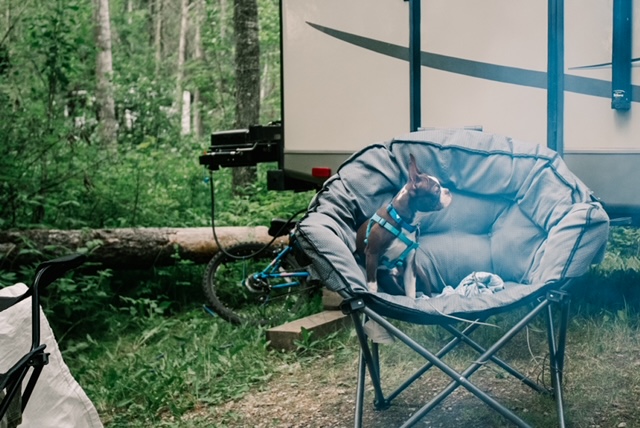
Aspen Beach Provincial Park in Lacombe County, Alberta
Regulatory Compliance
When it comes to Alberta’s regulatory compliance of campground development, there are several key aspects that need to be taken into consideration in order to ensure a smooth and successful project.
Obtaining Permits and Licenses
This involves following municipal and provincial campground development regulations and obtaining the appropriate documentation to demonstrate compliance.
Environmental Regulations
It is crucial to consider any environmental regulations that may impact the development, such as water and waste management. This may require conducting environmental studies such as wetland assessments, traffic studies, applications with Fisheries and Oceans Canada, and implementing other specific measures to meet these environmental requirements.
Building Codes
The development should also comply with building codes and standards to ensure the safety and well-being of campers. This includes following guidelines for fire safety, accessibility, and structural stability.
Zoning and Bylaws
Land use restrictions that apply to the development ensure that the project aligns with these regulations. Achieving regulatory compliance in campground development involves a thorough understanding of municipal land use bylaws and provincial legislation.
Land Assessment and Geotechnical Challenges
By thoroughly investigating and evaluating the environmental and geotechnical factors of the future campground development, you gain insight into the potential challenges that may arise during the development process.
Soil Composition
Among the various common geotechnical issues that may be encountered, soil stability is a critical concern that must be addressed. Examining the soil properties including its composition and density and load bearing capacity is crucial to assess its ability to support any structures and amenities planned for the campground.
Drainage Conditions
Furthermore, the assessment will evaluate drainage conditions of the proposed campground site. Proper drainage is essential to prevent potential issues such as water accumulation, soil erosion, and localized flooding. Conducting investigations to identify any existing drainage issues or potential complications will save many headachein the future and ensure that proper drainage systems are installed to manage these risks.
Flood Risk
Understanding flood risk is another significant aspect of the geotechnical assessment process. Managing the flood-prone areas is crucial in planning and designing the campground layout and infrastructure. This assessment is vital to ensure the safety and comfort of campers and to prevent any destruction of the campground due to flooding events.
By addressing common geotechnical issues such as soil stability, drainage, and flood risks through comprehensive investigations and evaluations ensures that the campground can be developed in a safe and sustainable manner.
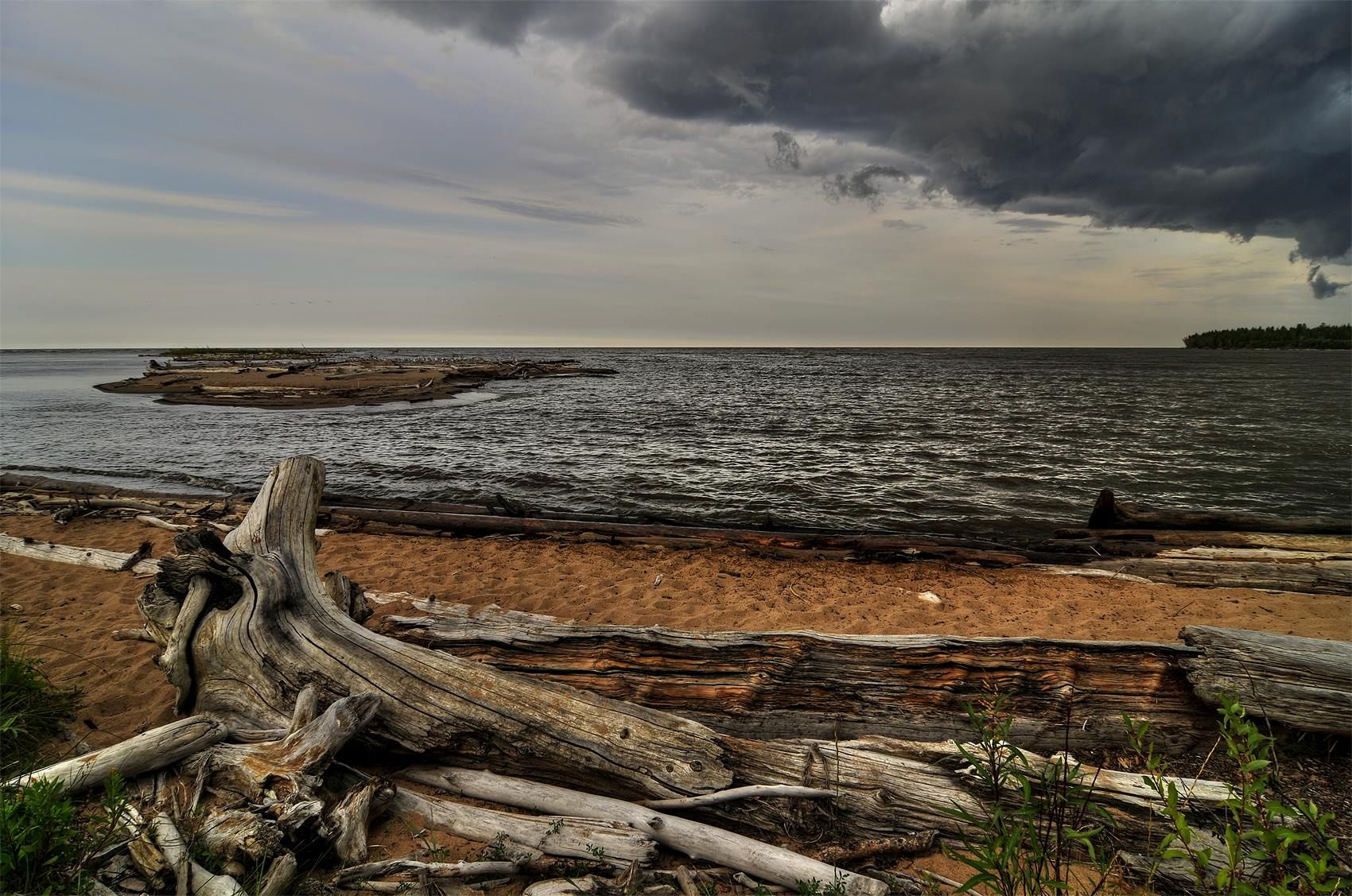
Spruce Point Park Campground on Lesser Slave Lake, Alberta
Infrastructure Development
When it comes to planning and constructing essential infrastructure, such as roads, water, sewage, and electrical systems, there are numerous challenges that need to be addressed. These challenges encompass a wide range of factors, including the location and terrain of the campsite, the availability of water resources, and the impact on the surrounding environment. Each aspect requires thorough analysis and consideration in order to ensure that the infrastructure is efficient, practical and environmentally friendly.
One of the significant challenges that arise is the inherent conflict between the desire for modern amenities and the rustic charm that campers seek. Campers often flock to these sites in search of a natural experience, wanting to escape the hustle and bustle of urban life. However, at the same time, they also appreciate certain conveniences that enhance their camping experience, such as clean drinking water, well-maintained roads, reliable electrical systems, wi-fi, and efficient sewage management systems.
The challenge lies in striking the right balance between meeting these practical needs and preserving the nature with the camping environment. It is essential to ensure that the infrastructure is designed and implemented in a way that minimizes its visual and environmental impact. This can be achieved through the use of eco-friendly materials and techniques, thoughtful landscaping that blends seamlessly with the surroundings, and the incorporation of architectural designs that harmonize with the natural aesthetics.
Moreover, the planning and construction of infrastructure should take into account the capacity and limitations of the campsite. Factors such as the local resources available for maintenance, the carrying capacity of the area, and the potential strain on the ecosystem all need to be thoroughly evaluated. It is important to strike a balance between providing the necessary infrastructure without overwhelming the natural resources of the area.
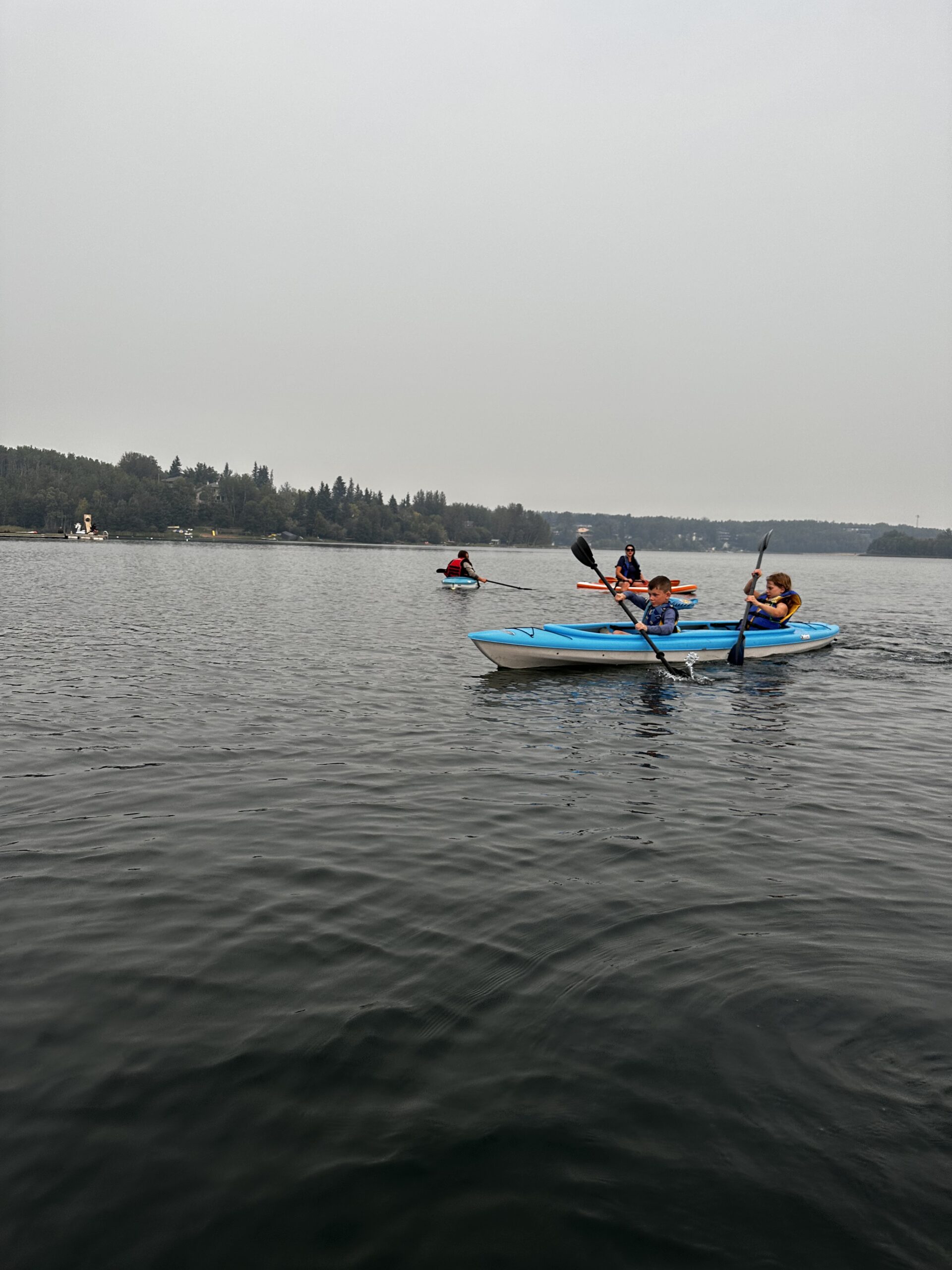
Hubbles Lake RV Resort near Stony Plain, Alberta
Sustainable Development
There are several campground development challenges in developing sustainable and resilient stormwater management practices, wastewater and water infrastructure solutions. With droughts on the rise and extreme weather events, sustainable water infrastructure will need to be in place to manage campground water resources. Here are the most common challenges we have encountered:
Site Selection
- Water availability frequently limits the number of potential campground development locations. Most visitors would prefer to camp near a water feature such as lake, river, etc. in addition to having modern amenities such as clean water access.
- If the location has highly organic soil, the ground will retain water for long after it rains creating a mud pit. The organic soil usually needs to be stripped.
- Flat, dry ground near water will have excessive runoff and drainage issues into nearby streams and ponds if the vegetation is cleared. Erosion control practices will need to be implemented.
- Campsites with a 3 to 4 percent slope will minimize erosion potential. You can cut and fill campsites that are more steeply sloped to help manage this issue.
Wastewater Control
- Depth of RV dump stations for black and gray water during the winter months. The ground freezes and it is often impractical to keep dump stations open during winter months unless they are trenched below the frost line.
- Septic systems must be constructed a minimum of 10 meters from your well.
Water Infrastructure
- Well capacity for your campground has limitations. Alternative water sources could include rain harvesting which is the collection of rainwater. Rainwater could be used for campground landscaping during droughts.
- Location of your well. There must be a buffer zone between septic systems, livestock waste, parked vehicles and your water well. It is also recommended that your well is uphill so that rainwater drains away from your well.
- Low-flow fixtures such as showerheads, sink faucets and toilets with all bathrooms will reduce water consumption.
- Drought resistant landscaping and native vegetation will support wildlife and reduce overall water consumption.
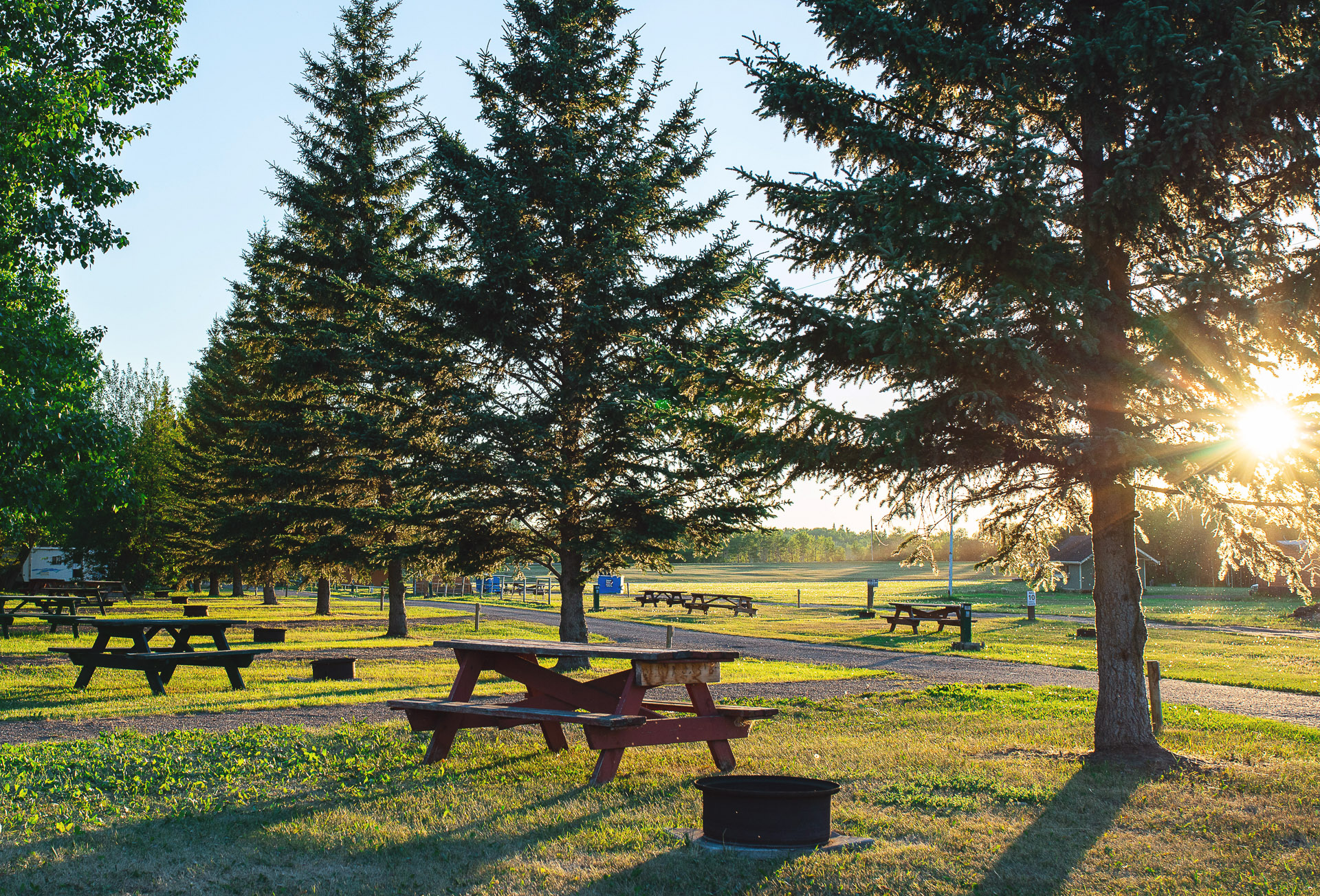
Half Moon Lake Resort near Sherwood Park, Alberta
Financial Investment and Funding
One of the most significant hurdles is the difficulty in securing funding for your project. This is particularly true when considering the vast amount of resources and capital required to establish a campground, including the purchase of land, construction of necessary facilities, and implementation of amenities for visitors.
Additionally, achieving a balance between investment, operational costs, and revenue generation is another pressing concern in campground development. It becomes crucial to carefully strategize and forecast the expenses associated with operating the campground, such as maintenance, utilities, and staff wages. Simultaneously, it is equally important to devise effective revenue generation, such as pricing strategies, offering additional services or amenities, and marketing efforts. Finding the delicate equilibrium between these factors is essential to ensure the financial sustainability and long-term success of the campground.
Mitigating Campground Development Challenges
There are numerous ways to mitigate campground development challenges. Here we will outline some ideas to offset some of the challenges you may encounter.
Community Engagement
In order to garner support for your upcoming project, it is important to build a rapport with surrounding communities and local authorities. During the planning stages, informational sessions and feedback sessions for key stakeholders in the community will help smooth out the process. Albertans are more likely to support a project if they are engaged and the Developer manages public expectations.
Phased Development
A phased development approach will help manage costs, assess impacts, and ensure the project remains aligned with regulatory and community expectations. Scaling your project will also allow for niche campgrounds that charge higher prices. You will find that many campground developments will start on a smaller scale and then expand in phases (i.e. Half Moon Lake RV Resort and Spring Lake RV Resort).
Campground Development Expert Consultation
Engaging with our experienced civil engineering team to navigate the complex landscape of a campground development in Alberta will prop your project up for success. Effective solutions to your campground development challenges are crucial to your project success. With our expertise and dedication, we will not only ensure that your project adheres to all regulatory, environmental, and community standards, but we will also help you tackle any obstacles that may arise along the way. So, if you dream of creating a breathtaking campground amidst the stunning scenery of Alberta, look no further. Contact Bolson Engineering and Environmental Services today and allow us to guide you through the challenges and transform your vision into reality.
